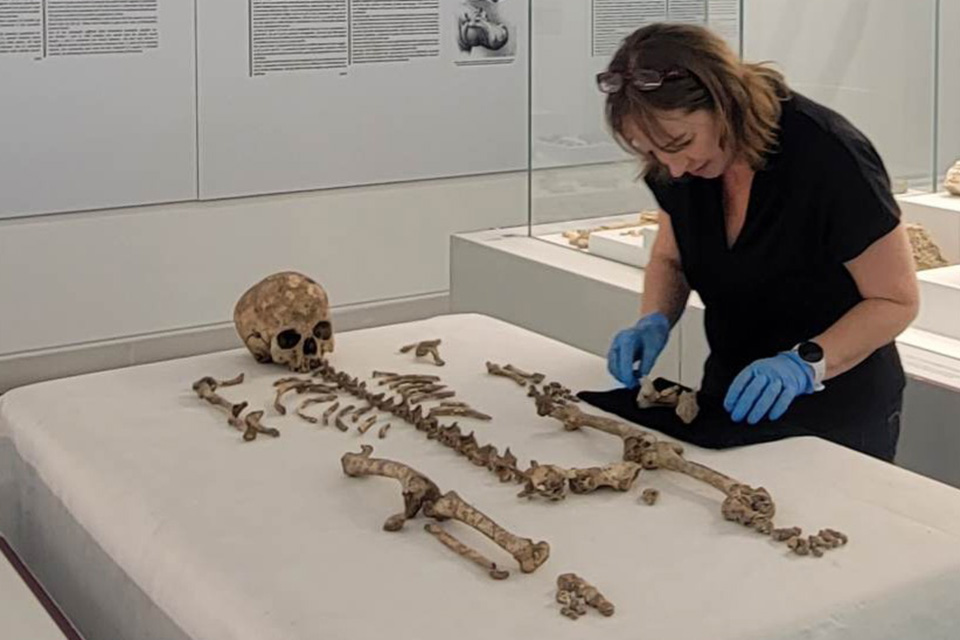For the first time, scientists have looked at how teenagers went through puberty during Ice Age. Much like the adolescents of modern times, most individuals seem to have started puberty by 13.5 years of age, before reaching full adulthood between 17 and 22 years old.
Palaeoanthropologists studied the bones of 13 young humans who lived in Palaeolithic Europe around 25,000 years ago. Using a variety of techniques, they uncovered clues about the ways in which the adolescent bodies were undergoing change.
“By analyzing specific areas of the skeleton, we inferred things like menstruation and someone’s voice breaking,” April Nowell, a study author from the University of Victoria in Canada, said in a statement.
“It can sometimes be difficult for us to connect with the remote past, but we all went through puberty even if we experienced it differently. Our research helps to humanize these teens in a way that simply studying stone tools cannot,” Nowell added.
All of the individuals died in their late childhood or adolescence between the ages of 10 and 20 years, which wasn’t totally unusual for the Ice Age. The study says an estimated 20 to 26 percent of hunter-gatherer children died before their first birthday, while 43 to 49 percent died before the age of 15. Although they died at a young age, the individuals in the study appear to have lived relatively healthy lives.

Dr Mary Lewis from the University of Reading inspects the skeletal remains of Romito 2, found in southern Italy.
Image credit: University of Reading
One of the most interesting skeletons was “Romito 2,” a 16-year-old male who stood around 1 to 1.30 meters (around 4 feet) tall. The researchers believe the teenager represents the earliest known case of chondroplastic dwarfism, providing a unique insight into the lives of people with dwarfism in the Ice Age.
“He would have likely had the deep voice of an adult male, and would have been physically able to sire children, but may still have appeared youthful with fine facial hair (but not the ability to grow a full beard) […] Romito 2’s appearance would have perhaps been more akin to that of a child than an adult man, with implications for how he was perceived by his community,” the study authors write.
Interestingly, Romito 2 was buried in the arms of an older woman, most likely his mother. The researchers ponder whether this unusual burial might say something about the way he was perceived by the social circle around him.
“We will likely never know why he was buried this way, but it brings to mind a protective or caring gesture perhaps indicating that, despite his changing physical appearance, he might have been still considered more ‘child’ than ‘adult’ when he died,” the study authors add.
The study is published in the Journal of Human Evolution.
Source Link: An Ice Age Teen With Dwarfism Sheds Light On Prehistoric Puberty